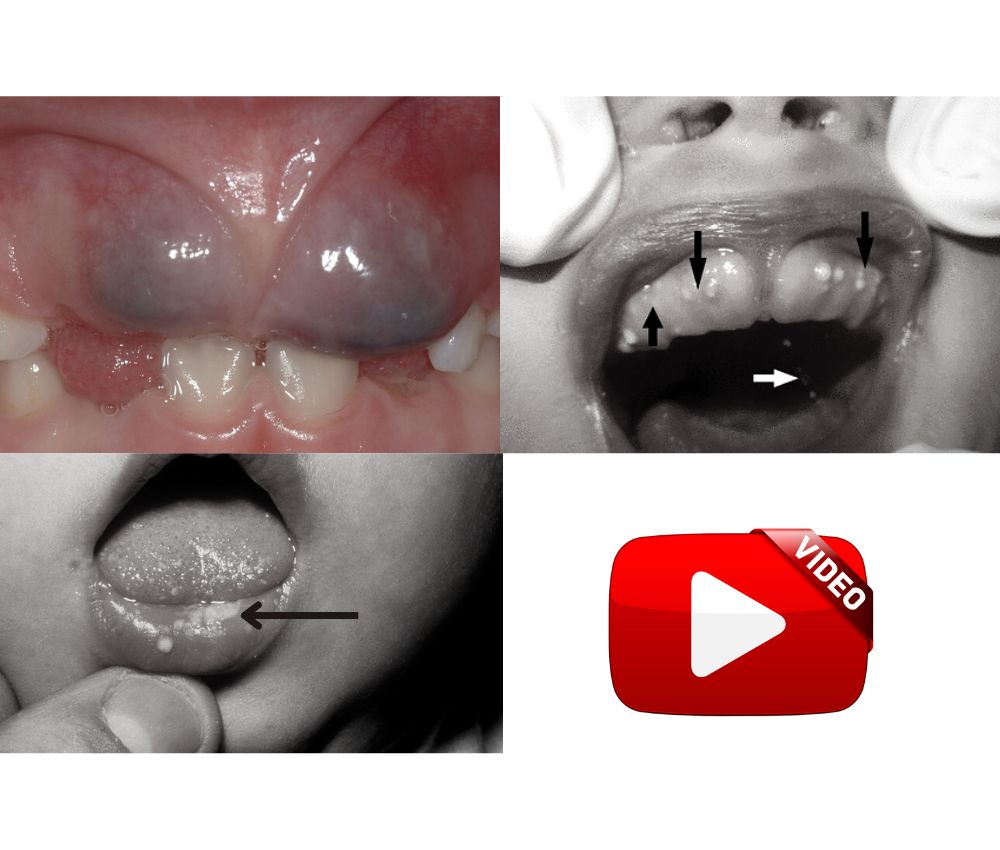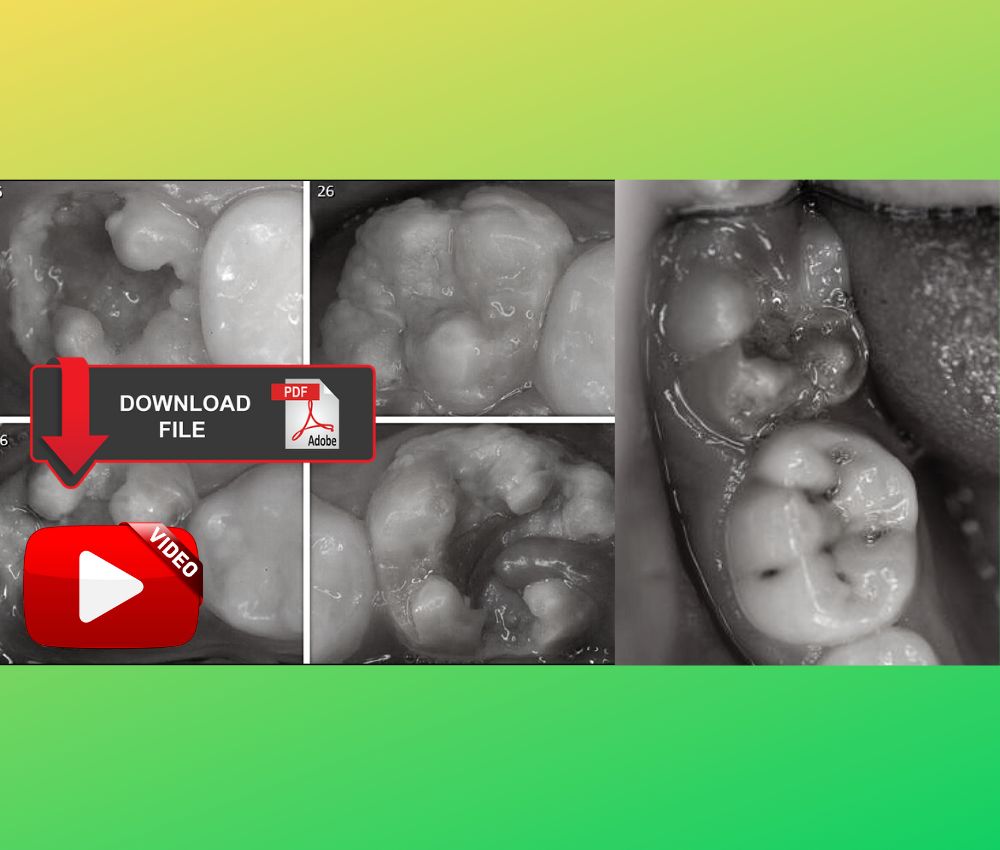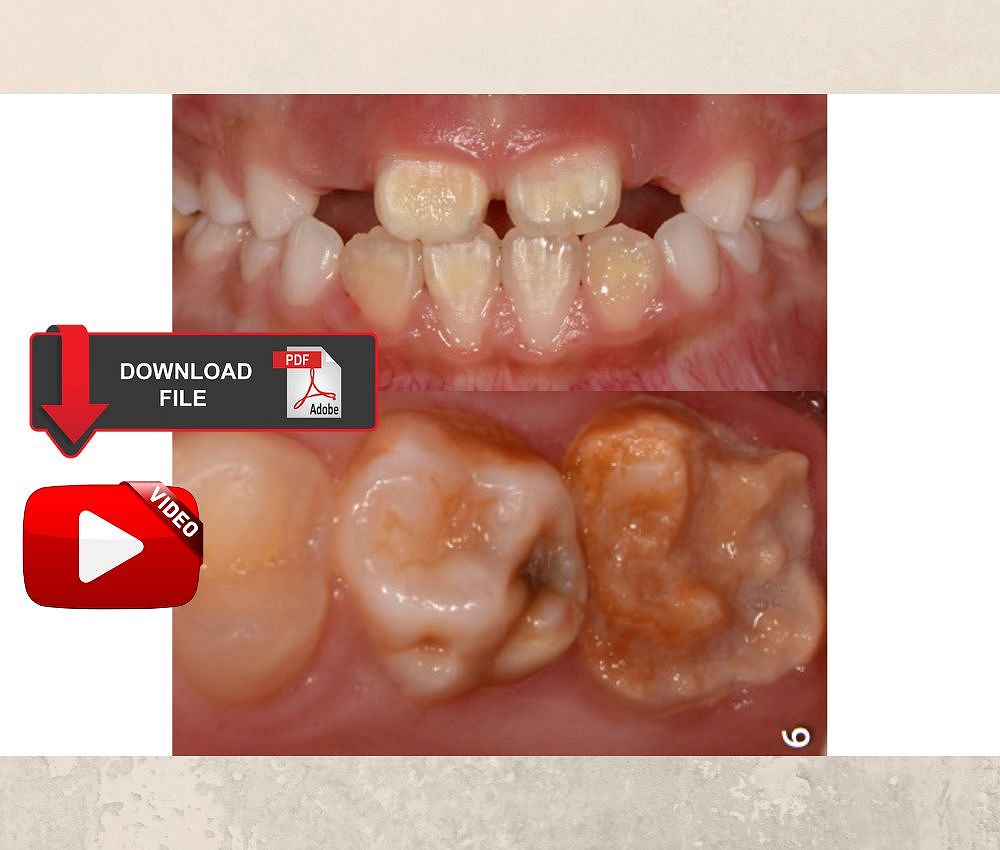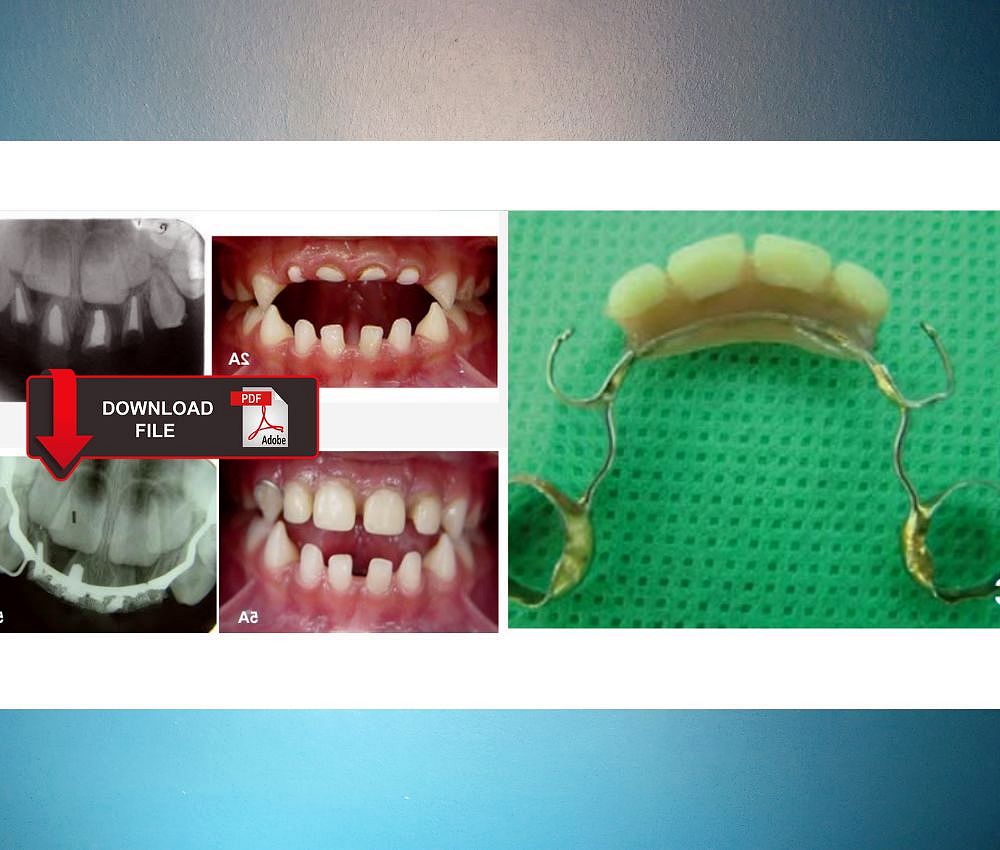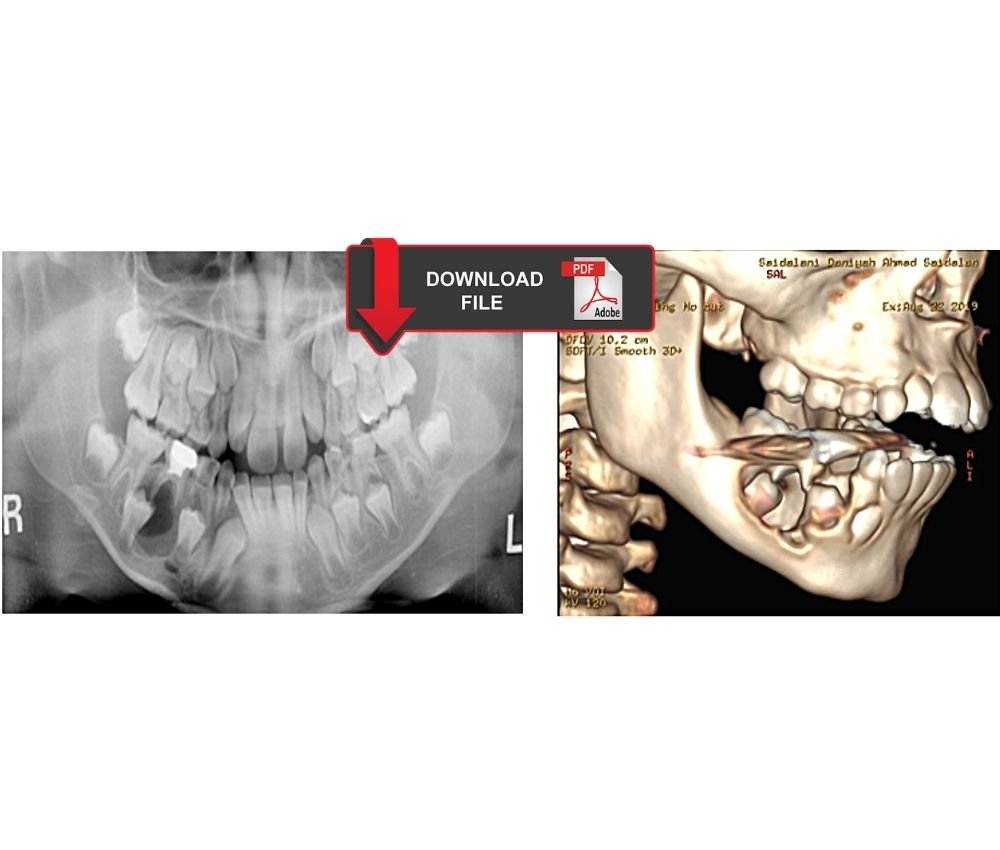The newborn can present a series of pathologies that must be detected in time for early treatment. Sometimes the obstetrician or pediatrician does not recognize oral alterations, so evaluation by a pediatric dentist is important.
📌 Recommended Article:
Download the PDF 🔽 Neonatal tooth with Riga-Fede disease affecting breastfeeding: A case report ... Neonatal teeth generate an ulcer in the sublingual region, and it is known as Riga-Fede disease. Breastfeeding is compromised by the discomfort generated by the ulcer.
Some of the pathologies can cause limitations in feeding and in the development of the baby, so it is necessary to explain and guide the parents about the alterations found, the repercussions and the appropriate treatment.
Advertisement
The video that we share details the most common oral pathologies in neonates, detailing their etiology, clinical characteristics, diagnosis and treatment.
📌 More recommended items
► Guide for the surgical management and oral pathology of the pediatric patient
► Craniofacial syndromes and oral anomalies. Characteristics and clinical cases
► Surgical excision of mucocele with local anesthesia in an 8-month-old baby
📌 Watch the video "Frequent oral pathologies in the newborn - Diagnosis and treatment (cysts, infections, tumors)"
Youtube/ Dr Mandana Donoghue

